Growing Citrus in Northern California
Select the best species for your microclimate, and reap the juicy rewards
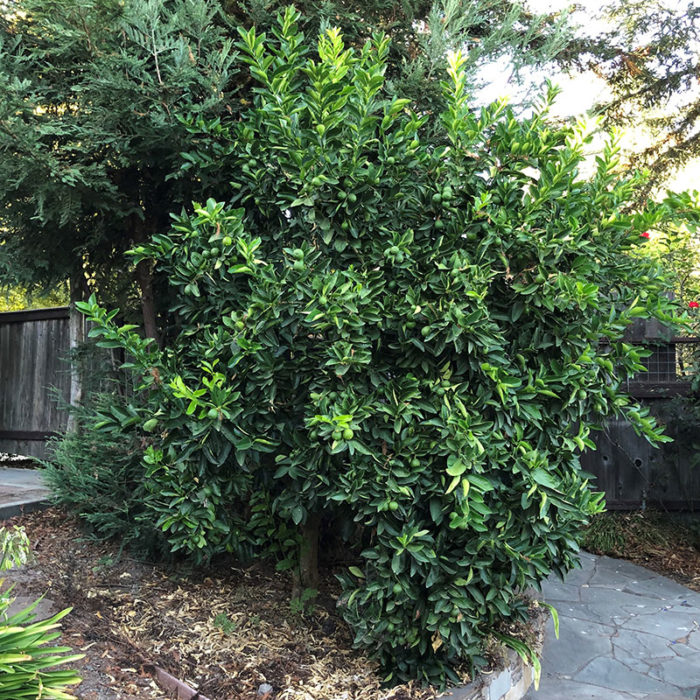
With glossy evergreen leaves, fragrant spring flowers, and bountiful yields of delicious, vitamin-rich fruit, a citrus tree (Citrus spp. and cvs., Zones 9–11) can be a high-value, highly attractive addition to the Northern California gardener’s edible landscape. As with any other fruit tree, there are tips and tricks you can learn to achieve optimal citrus success. However, choosing varieties best suited to your own particular microclimate and being prepared for possible challenges will go a long way toward achieving the desired flavor-filled results and abundant harvests! There is a citrus tree variety for every NorCal microclimate or garden size—some can even be grown indoors. I absolutely love my Nagami kumquats (Fortunella margarita ‘Nagami’, Zones 9–10), Meyer lemons (Citrus × meyeri and cvs., Zones 9–11), and Washington navel oranges (Citrus sinensis and cvs., Zones 9–10), but the three selections below are the shining stars in my citrus orchard.
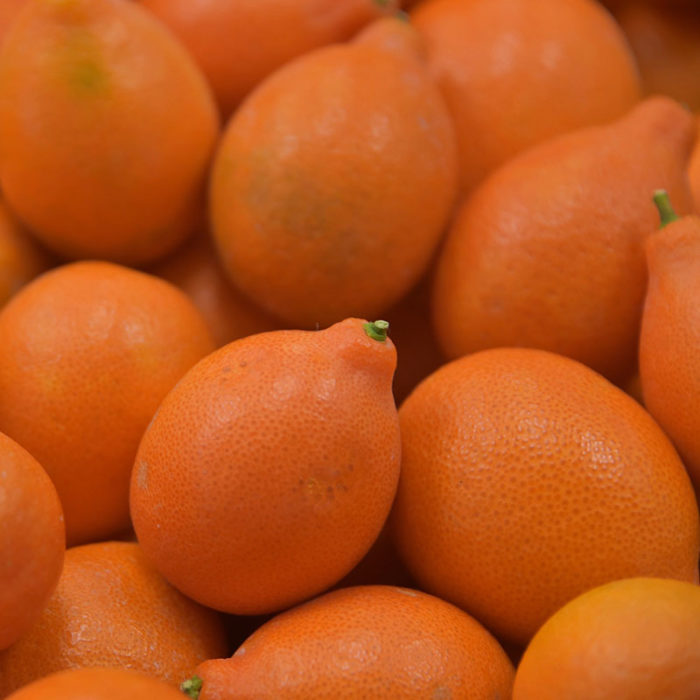
Indio Mandarinquat kumquat (Citrus × citrofortunella, Zones 8–10)
Hardy to 26°F
A winter-producing, sweet-tart cross between a Mandarin orange (Citrus reticulata, Zones 9–11) and a kumquat (Fortunella japonica, Zones 8–11), Indio Mandarinquat has a sugary, deep-orange skin surrounding a tasty, tangy, juicy interior. There’s no need to peel; this bell-shaped kumquat is delicious whole. It can also be juiced, thinly sliced into salads, or even transformed into a very rich and complex marmalade. The 8- to-12-foot-tall tree is delightfully ornamental, with glossy deep green leaves and fragrant late summer and fall blooms.
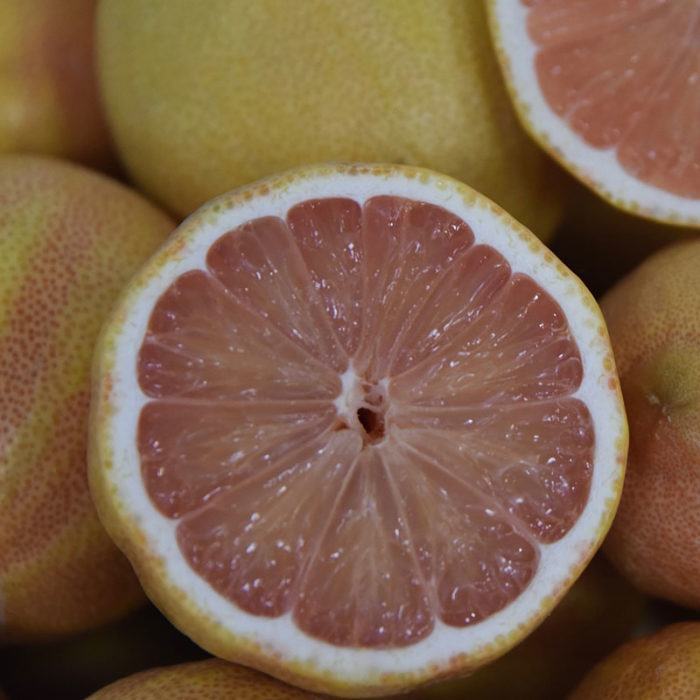
Variegated pink Eureka lemon (Citrus × limon ‘Eureka Variegated Pink’, Zones 9–11)
Hardy to 32°F
This sport of the much-loved Eureka lemon (Citrus × limon ‘Eureka’, Zones 9–10) is a stunner in the landscape with its combination of newly emerging, deep pink leaves that mature to highly ornamental, variegated, green and butter-yellow foliage. Its sweetly fragrant white flowers result in abundant, gorgeously striped lemons boasting juicy pink interiors. The standard-size variegated pink Eureka tree reaches 15 to 18 feet tall, with the semi-dwarf (better for containers) attaining a tidier 8 to 10 feet. Harvest time for either is late fall through spring.
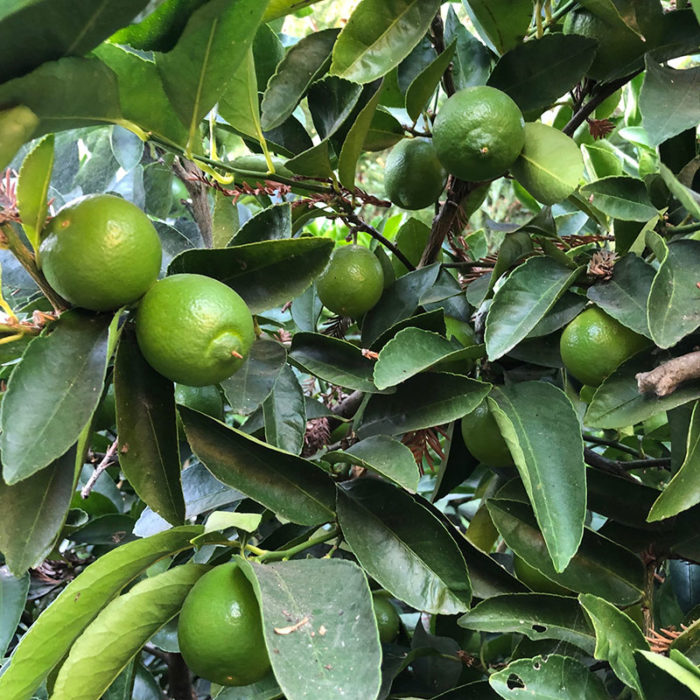
Bearss seedless lime (Citrus aurantiifolia ‘Bearss’, Zones 9–11)
Hardy to 32°F
High-yielding and very attractive, Bearss seedless lime—with its deep green foliage—contrasts beautifully with a springtime show of fragrant white flowers and a subsequent fall and winter crop of deliciously tangy limes. The smooth skin of a fully ripe Bearss lime is yellow and surrounds a green, juicy interior that is classically lime in flavor—perfect for juices, cocktails, salad dressings or cooking into a key lime pie. Reaching a dense and shrubby 7 to 10 feet tall, this is the hardiest of all the lime trees—to 32°F.
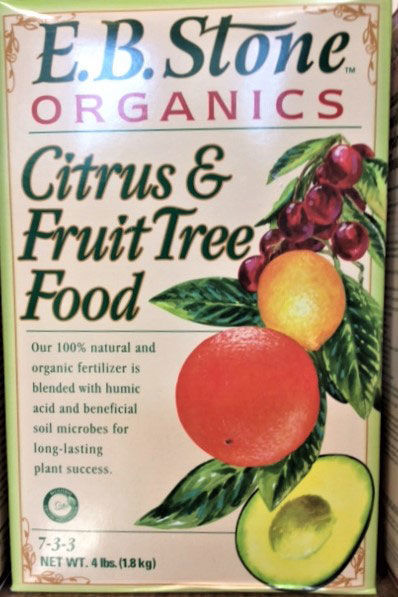
Caring for your citrus
While they differ in their hardiness levels and heat requirements, most citrus trees are subtropical in origin, love warmth, and do best when grown in full sun. Limited by your microclimate or garden size, or prefer to grow your citrus on your deck or patio? They’re great container candidates, with the compact, easily maintained dwarf and semi-dwarfing citrus trees happily producing full-size, deliciously tangy fruit in even the smallest of spaces. Whether you’re growing it in the landscape or in a container, plant your citrus in rich, well-drained, acidic soil, and be sure to give it deep watering—once a week for established trees, 2 to 3 times weekly for young trees, or container-grown specimens. Being heavy feeders and high producers, citrus requires a steady diet of organic fertilizer every 6 to 8 weeks during the growing season. EB Stone’s Organic Citrus and Fruit Tree Fertilizer provide the perfect balance of nutrients to encourage new growth, lush deep green foliage, and bountiful yields. Mulch with compost once or twice a year for even better results.
Pruning your citrus
Though not necessary for fruit production, your citrus tree can be pruned to shape, remove dead twigs, cut back leggy branches, or increase air circulation. This is best done in spring and summer. Usually more bush or shrublike in nature, citrus trees can be trained into espaliers or standard tree forms or even sheared into topiaries or hedges if desired—though this might limit fruit production. Monitor frequently for nutrient-robbing, below-graft sucker growth, and remove when needed.
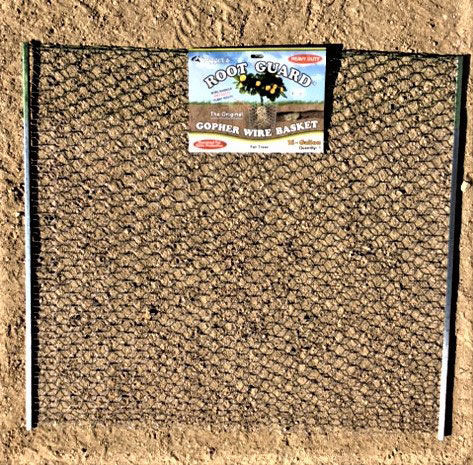
Deterring pests
Gophers LOVE citrus. If they’re in your garden, plant your tree in a container, or use a gopher basket to protect your tree’s roots. Slugs and snails can damage citrus foliage and fruit, but they can be controlled with monitoring and hand removal or by using Sluggo—an effective, organic solution that specifically targets slimy pests. Aphids, scale, and mealybugs can be combatted with a good, year-round horticultural oil.
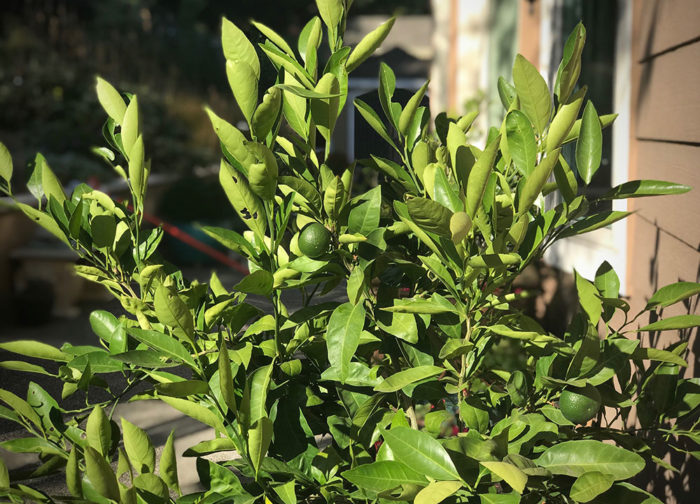
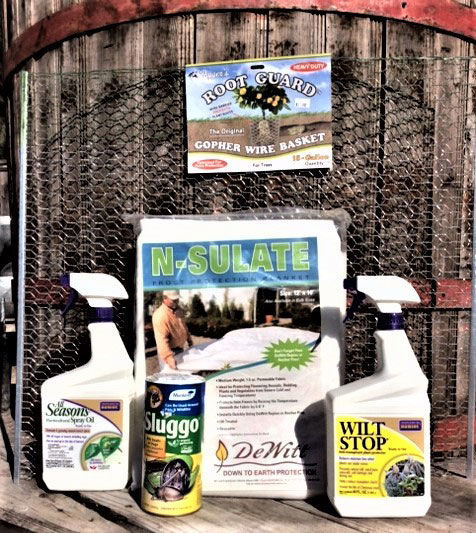
Protecting from frost
For sweeter fruit, most citrus actually appreciate a little winter chill, but they are sensitive to frost; some varieties even lose all their fruit if hit by a freeze at the wrong time. Solution? Choose a variety hardy to your zone for best success, site it where it gets the most sun and winter warmth (or plant in a container), and be ready with frost protection for nights when temperatures threaten to dip below 32°F. A frost blanket is ideal, but a drop cloth or sheet will suffice in a pinch. Be sure to suspend the cloth at least 6 inches above the tree’s foliage (bamboo stakes topped by tennis balls work remarkably well) rather than directly upon it, as the frost-covered cloth can transmit the chill to the leaves underneath. A generous coating of an antitranspirant spray such as Wilt Stop or Cloud Cover can also be effective. If your citrus is in a container, move it indoors or shelter it under the eaves of your home until all danger of frost has passed.
|
|
|
Troubleshooting
Yellowing leaves on your citrus can indicate a lack of nitrogen (easily corrected with regular feeding), too much or too little water (adjust accordingly), or poor drainage. If the leaves are washed out and yellowing but the veins remain green, then the iron deficiency is the problem. This is easily remedied with a twice-yearly application of FST—a granular iron, sulfur, zinc, and manganese combination—or with a more regular feeding of fast-acting liquid chelated iron.
Growing and harvesting your own homegrown fruit is very rewarding, with citrus—as attractive, colorful, and exotic in appearance as it is—being particularly satisfying. Have fun choosing which trees you’d like to enjoy in your own backyard, follow the simple guidelines and troubleshooting tips outlined above, and enjoy the mouthwatering results!
—Fionuala Campion is the owner and manager of Cottage Gardens of Petaluma in Petaluma, California.








Comments
Log in or create an account to post a comment.
Sign up Log in